The food I cook and offer to you through my recipes is mostly: gluten-free, grain-free, dairy-limited, processed soy-free, refined sugar-free, and lectin-free. It’s rich with prebiotic foods and resistant starch — the foods that feed your good gut bacteria. I’ve studied Functional Fermentation and will teach you how to ferment vegetables without creating mold or high levels of histamine. Aside from these guidelines, I infuse my recipes with my complete passion and love for food — the preparation and eating and talking about and looking at photos and watching cooking competitions craziness that I embody in my real life. I love rhizomes and healthy fats and wild foods and weeds and spices and herbs. I’m not a trained chef, and I keep it relatively simple in the kitchen. My recipes are for the non-cook. I have been on many of the allergy-friendly restriction diets (SCD, GAPS, 4-day rotation, autoimmune, paleo, Wahl’s, low lectin), having had my own personal journey with digestive disease and severe food intolerances. My own kitchen set-up consists of a hotplate, toaster oven and crockpot — it’s been this way the past five+ years, but has not stopped me from cooking all my meals and loving my food!
Because I’ve spent the last twenty years of my life on restriction diets, I know their benefits, and I also know that it’s now okay for me to cheat once in a while. I’m not that into “dogma” and am much more into feeling into my gut — quite literally — what feels right in the moment. I’m a graduate of the Institute for Integrative Nutrition (IIN) in NYC. We were taught that a person’s nutritional needs are changing constantly — influenced by season, place, health status and many other factors. The best we can do is become intimate with our inner body wisdom and be able to listen closely to how we feel before and after eating, and to discover what makes us feel our best at any given moment.
Growing up with Crohn’s disease, my focus was on digestion much of the time, and I had my own practice of viscerally “imagining” what it would feel like to eat something before I actually ate it. This ritual helped me choose foods based on my current state of being. I recommend that everyone develop this skill. Tune in to how you feel and what is on your plate. Do you want to feel cooler or warmer? Drier or damper? Are you dehydrated or well quenched? Do you want something tart, salty or sweet? What would you feel like if you ate a whole avocado right now — does the thought of that much fat make you nauseous or satiated? Often, we don’t even need to get that specific with our inquiry. Just imagine the food you want to eat, as it goes down your digestive tract. How does it make you feel?
My goal is always to feel good after I eat. For me, eating within these parameters — but without the rigidity of the past — makes me feel good in my body these days. I feel blessed and grateful and can’t wait to share more of my recipes with you.

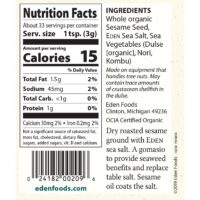
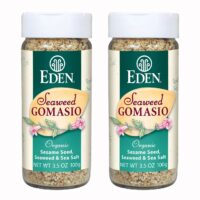
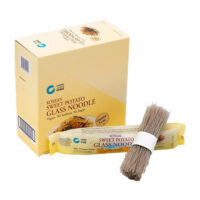
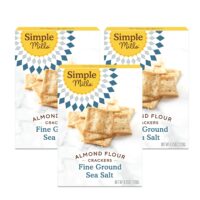

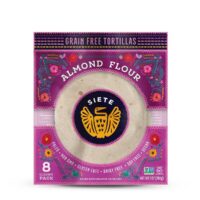
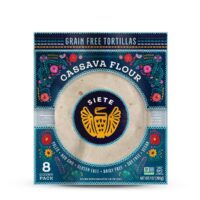
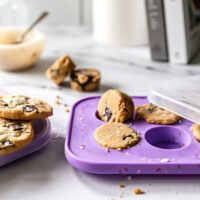
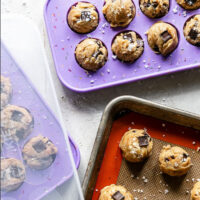
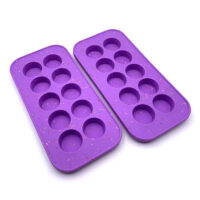
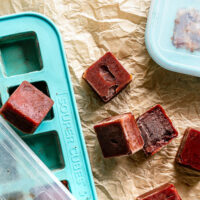
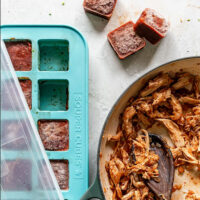
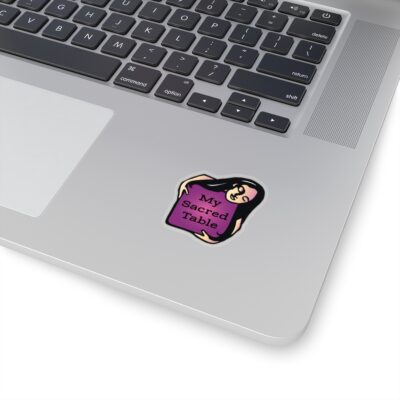
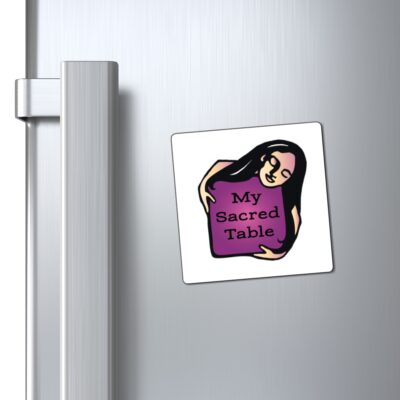
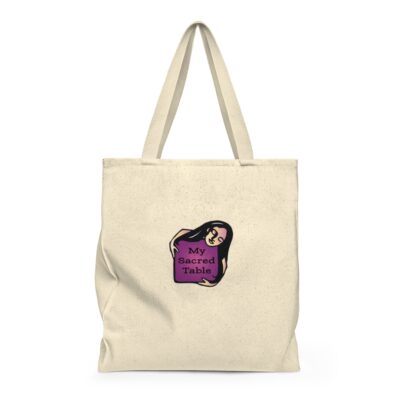

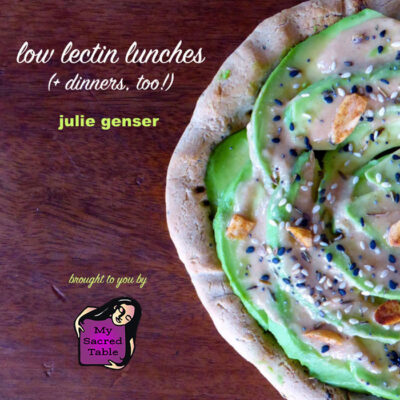
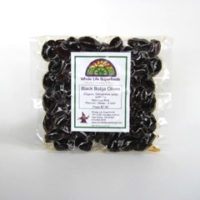
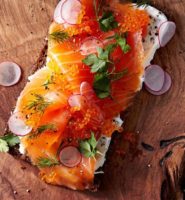
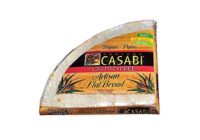
Recent Raves